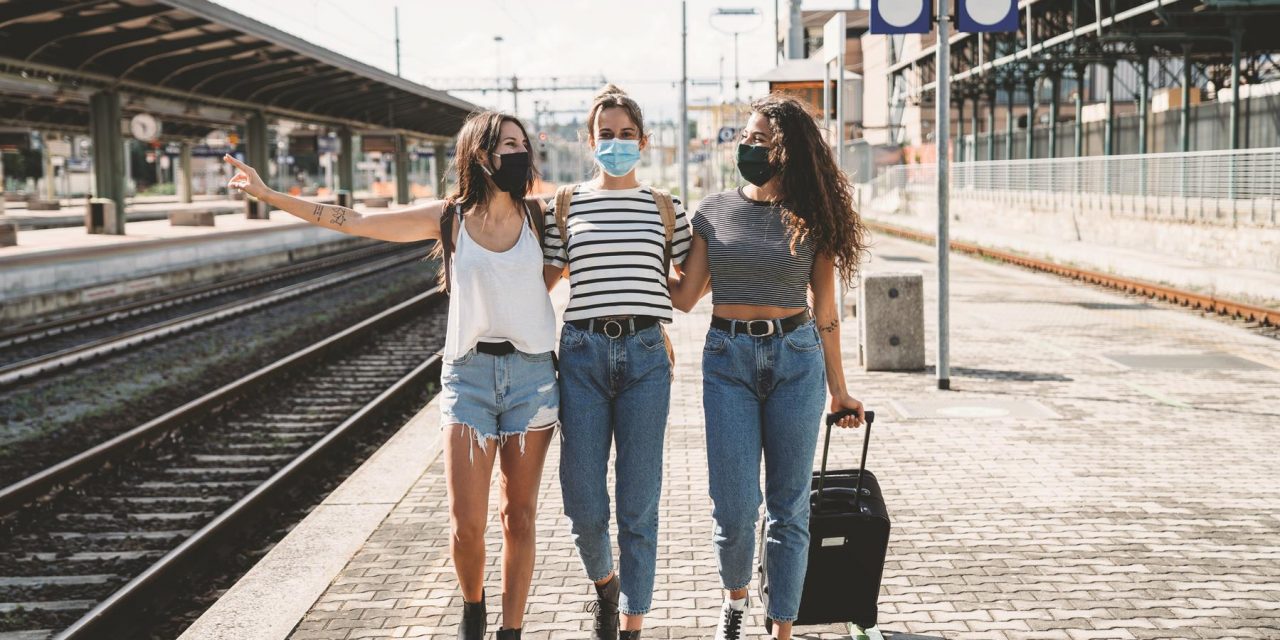How student tour groups and destinations are adapting to the unprecedented travel climate.
For decades, student travel has been gaining momentum, with tour operators opening their doors across the United States to serve the growing population. Educators have been inspired to teach beyond classroom doors, band directors to bring their performance students to entertain new audiences, and dance and sports teams traveling across the country to compete.
These opportunities afforded hundreds of thousands of youth to experience the thrill of travel, increase social skills and gain an appreciation for other cultures and ethnic backgrounds. And suddenly, in March of 2020, all this stopped with the pandemic brought on by COVID-19. Back in March, I doubt anyone thought this virus would keep our students out of schools for the remainder of the school year, and for many, change the beginning of the 2020-2021 school year and the course of travel.
As time passed, group leaders were hard-pressed to cancel their tours, with tour operators having no choice but to react. Not only did this affect the tour operators, who in many cases are small business owners, but all those services that are part of the process of operating a successful tour. From motorcoach carriers to the staff member serving a meal to a group, all are affected. The industry simply came to a complete stop.
The world, once so big and accessible, now seems very small.
HOW WILL STUDENT AND YOUTH TRAVEL REBOUND?
As group leaders cope with the opening of a new school year, focus is rightly placed on providing the best educational model possible. Listening to local news, one certainly knows the model varies greatly from state to state and even within a state.
Travel may not be at the forefront of their thoughts, but it does exist. The looming question is: when will group leaders once again feel comfortable traveling? Over the course of the past month, I have been speaking with educators in many disciplines, from teachers to sports directors to school administrators, all who have traveled with their students or sports teams. There is no doubt that a desire exists to once again be on the road. However, the majority feel the opportunity to introduce the idea to their community will be best served once the current situation settles down, a vaccine is introduced and their hometowns can bear the cost of travel. With many families still affected by unemployment, the best-case scenario in starting to travel again is late spring of 2021 with great confidence in moving forward by fall of 2021.
To rebound, families will need assurance of consumer protection and safe travel practices.
SOCIAL OR PHYSICAL DISTANCE? IT IS USED INTERCHANGEABLY, BUT ONE SENDS A POSITIVE MESSAGE.
I have twin 15-year-old grandsons who play lacrosse. In July of 2020, donning a mask, I attended a very well-managed lacrosse tournament in Indianapolis. Literally hundreds of young athletes from around the Midwest participated in this tournament, with family members in attendance to cheer them on. The tournament management did a great job of informing the teams in advance of safety precautions, pre-screened hotels before blocking rooms and did away with a few usual gatherings, such as team potluck dinners. Across the field, signs were posted to practice physical distancing, choosing to use the word physical over social. This led to an air of community, compliance and respect for others while allowing social interaction at a safe distance. For the first time since COVID-19 affected our everyday lives, it was encouraging to see so many people in one place complying with tournament management guidance. While the team members did not take a bus to the tournament, local hotels, restaurants and tourist attractions benefited.
ONCE STUDENT AND YOUTH TOURISMREBOUNDS, AND IT WILL, IT MAY LOOK DIFFERENT AT FIRST.
In our lifetime we have witnessed other epidemic situations—SARS, Swine Flu and Bird Flu to name a few. We forget that many people across our country (and with SARS, parts of Canada) were affected by these viruses. Tourism did rebound, and those viruses became distant in our minds. The effect of COVID-19 may be longer lasting, but one day this too will be a distant, albeit historical, memory.
Once group leaders are once again ready to travel, and many are itching to do so, a consideration is that communities may be more accepting of local destinations at first, perhaps starting with travel in their own state. There are hundreds of wonderful places to visit in every state, and for many the comfort of being not too far from home (and in most cases, reachable in less than a day’s drive) will give parents the advantage of saying yes to a trip rather than feeling angst. Inherently, parents want to provide their children with opportunities.
SAFETY IS FIRST…BUT DO NOT LIVE IN FEAR.
Tour operators know that safety is at the forefront of every group leader’s mind, and safety is the tour operator’s top priority. The same applies for motorcoach operators and the industry as a whole. In speaking with tour operators, many are using this time to revamp their safety protocols and crisis management plans. The entire industry is working together to get youth back on the road, safely, and bring the world back to being an accessible place.
We simply cannot live in fear. Life is too short. We have just a blink of time to introduce and inspire a young person to the enriching world of travel and make sure they do not grow up living in fear.
LIFE CHANGES IN THE BLINK OF AN EYE – KEEP BLINKING!
Life changes in the blink of an eye! What happened today will change tomorrow. And change is constant. Let us get out and show our students and youth the world, starting close to home then expanding horizons.
We all have the power, safely, to open the world back up as soon as possible.
By Lisa Curtin






